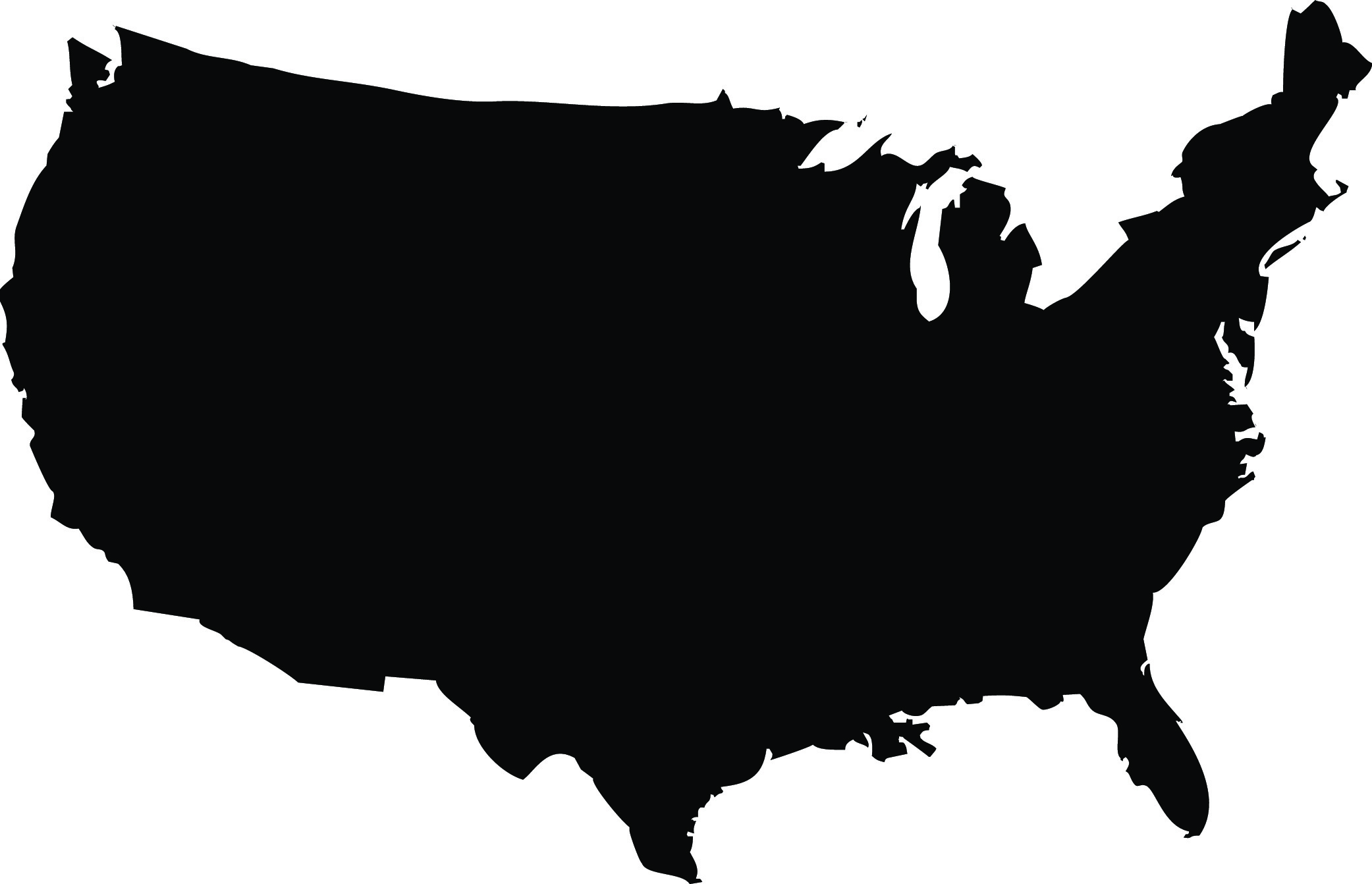Pomsky
No products found which match your selection.
Shelter Dog Meal Donation Count:
No products found which match your selection.
The Pomsky is a charismatic and attractive hybrid breed that combines the best traits of the Pomeranian and Siberian Husky. Their manageable size, coupled with their energetic and affectionate nature, makes them suitable for a variety of homes, including those with children. They do require active owners who can meet their exercise and mental stimulation needs. With proper care, training, and socialization, Pomskies can be delightful companions.
The Pomsky is a designer dog breed, loved for its playful nature and striking Husky-like appearance in a smaller package.

The breed gained recognition in the early 21st century, quickly becoming popular among dog enthusiasts for its unique look and delightful temperament.




Pomskies are generally healthy but can inherit conditions from both parent breeds, such as eye problems and hip dysplasia. Regular vet check-ups are vital.
Their thick coat requires regular brushing to prevent matting and reduce shedding. Seasonal shedding can be heavy, necessitating more frequent grooming.
Daily exercise is non-negotiable; they need ample playtime, walks, and mental stimulation to stay happy and healthy.
Start training early. They respond well to positive reinforcement but may require patience due to their independent streak.
Feed them high-quality dog food appropriate for their age, size, and energy level. Monitor their intake to prevent obesity.
The Pomsky is a fascinating blend of two beloved breeds, offering the best of both worlds to those prepared for their energy and grooming needs. They fit well into a variety of homes, especially for active individuals or families ready to engage with their playful and affectionate nature. Proper care, training, and socialization will ensure your Pomsky is a beloved companion for years to come.
The Pomsky, a hybrid of the Pomeranian and Siberian Husky, is generally robust but can inherit certain health issues from its parent breeds. Here are common health concerns for Pomskies and the recommended tests:
Regular veterinary check-ups are vital for maintaining the health of a Pomsky. Early detection and management of these conditions can significantly impact their overall health and quality of life. A healthy diet, regular exercise, and good dental care are crucial in preventing some of these health issues.
The iHeartDogs Free Rx Discount Card Program is a pet prescription discount card that can help you save money on your furry friend’s medications. The card is free to sign up for, and you can use it at participating pharmacies nationwide. To use the free program, simply show the card to your pharmacist when you pick up your pet’s prescription. The pharmacist will then scan the card, and you will receive a discount on the price of the medication.LEARN MORE
Caring for a Pomsky involves various annual expenses that ensure their health, happiness, and well-being. The cost can vary widely depending on factors like your location, the health and needs of your Pomsky, and the level of care you choose to provide. Here’s a breakdown of the typical annual expenses for a Pomsky:
Total Estimated Annual Cost:
$2450 - $9000
It's important to note that these figures are estimates and can vary. Also, the first year of owning a dog can be more expensive due to one-time costs like spaying/neutering, initial vaccinations, and training. Regular budgeting for your dog's needs and an emergency fund for unforeseen costs are essential for responsible pet ownership.
We rely on ads to keep creating quality content for you to enjoy for free.
Please support our site by disabling your ad blocker.
Continue without supporting us
If the prompt is still appearing, please disable any tools or services you are using that block internet ads (e.g. DNS Servers).